Every year, on September 4, we celebrate National Wildlife Day. It’s a time to pause, step back, and marvel at the breathtaking beauty of the wildlife surrounding us. This day serves as a poignant reminder of the importance of conservation efforts to preserve and enhance our natural world, inspiring us with the sheer magnificence of the creatures we share our planet.
A Day to Reflect and Appreciate
When we purchased the property in Arnold, I had virtually no direct interactions with wildlife. That changed dramatically almost immediately. I was privileged to observe large Black Bears, Black-tailed deer, Bobcats, Mountain Lions, Raccoons, Possums, Skunks, and one of my favorites, the Gray Fox. My adventure began and grew with the aid of field cameras. However, I did have one opportunity to look into the eyes of a black bear, and I vividly recall that encounter. To say it changed my life is putting it mildly. So, this one day that is so important to me is National Wildlife Day. There has been a delay in my posting this only because I have rewritten my material multiple times. I want to raise awareness of the beauty of wildlife and protect them from human encroachment in any way I can. When we enter the forest, we are entering the home of wildlife. They were there first; we can learn to live with them by showing respect and care.
National Wildlife Day encourages us to seek out these moments, safely connect with nature, and reflect on the delicate balance that sustains our ecosystems.
The Importance of Conservation
Conservation efforts are not just significant; they are urgent. Vital for protecting wildlife and ensuring the health of our planet, these efforts cannot wait. Each species plays a unique role in its ecosystem, and their preservation is crucial for the overall well-being of our environment. We all have a responsibility to act now.
Spotlight on Iconic Species
Black Bear
One of North America’s most iconic and beloved species, the black bear symbolizes strength and resilience. These intelligent animals are essential for maintaining healthy forest ecosystems as they play a crucial role in seed dispersal and controlling insect populations.
However, black bears have faced numerous threats, including habitat loss due to deforestation and human-wildlife conflict. We can ensure their continued survival by implementing responsible land management practices and promoting coexistence with these magnificent creatures.

Bobcats
With their distinctive tufted ears and short bobbed tail, bobcats symbolize the North American wilderness. These elusive creatures are not just beautiful but essential in regulating prey populations and maintaining ecological balance. We should all appreciate and respect their role.
Unfortunately, due to habitat destruction and trapping for their fur, bobcats have experienced significant declines in certain areas. By protecting their habitat and implementing sustainable hunting practices, we can help protect these beautiful animals for future generations.
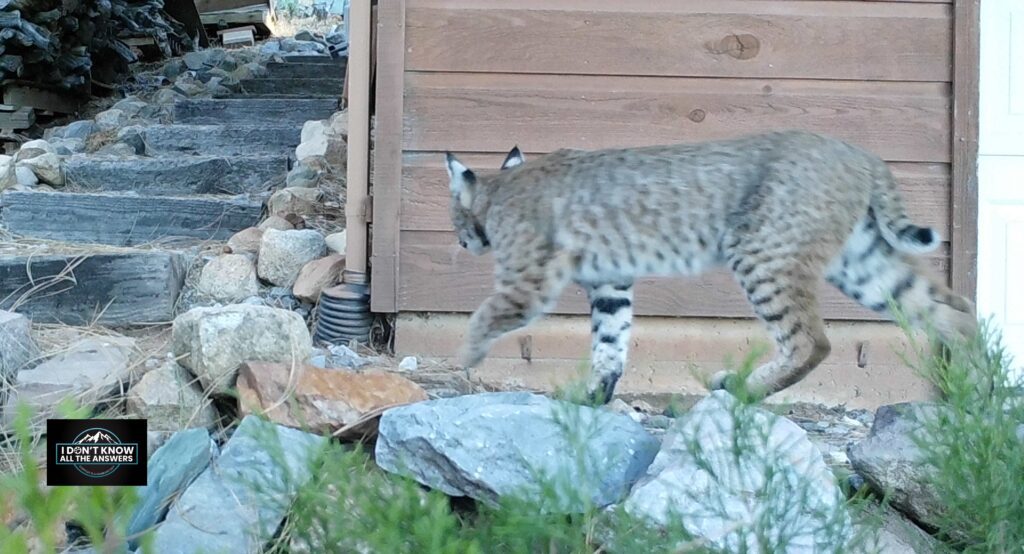
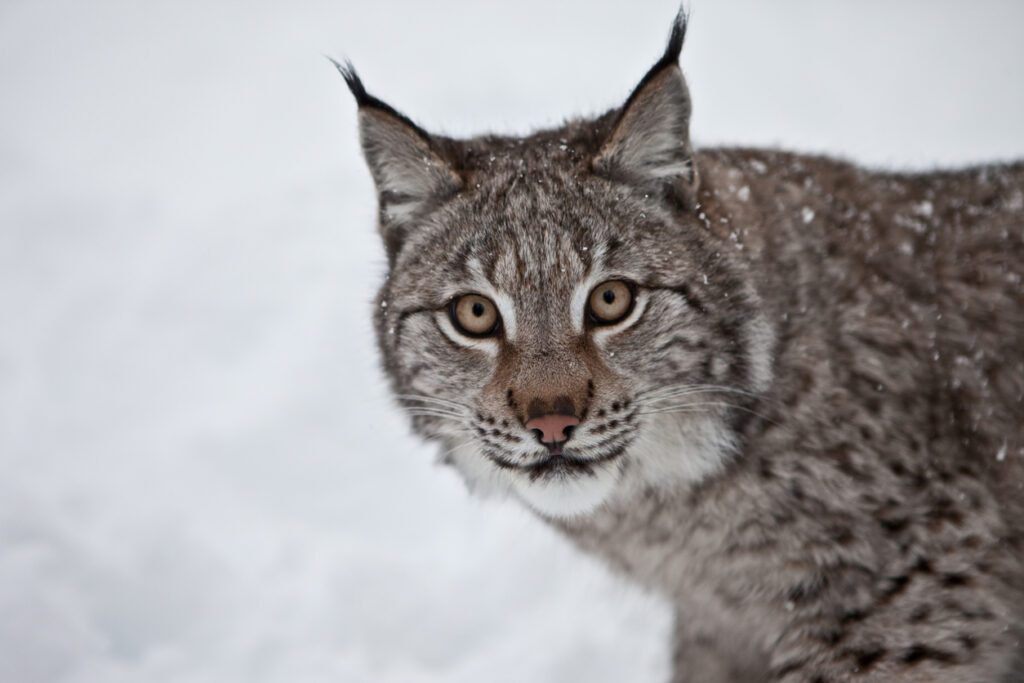
Mountain lion
Also known as cougars, pumas, and panthers, mountain lions are the largest giant cats in North America. Their powerful muscles and sharp claws make them apex predators crucial in maintaining healthy ecosystems.
However, these majestic creatures face numerous threats, including habitat loss, poaching, and human conflicts. By educating the public about coexisting peacefully with mountain lions and preserving their habitats, we can ensure their survival for years to come.
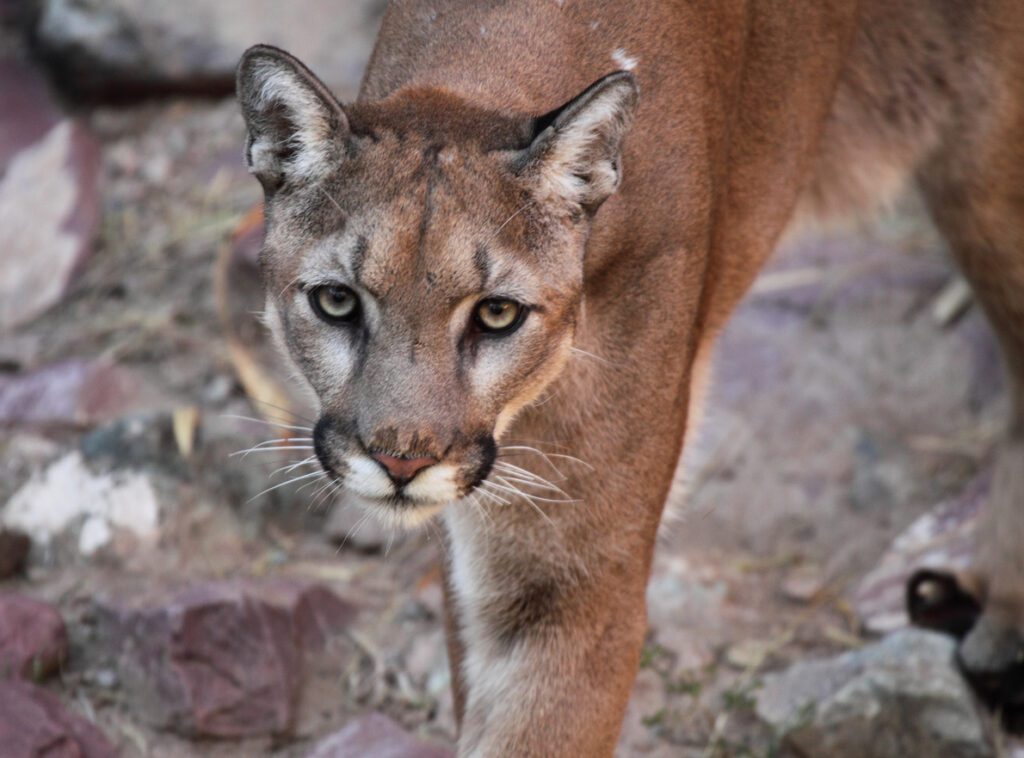
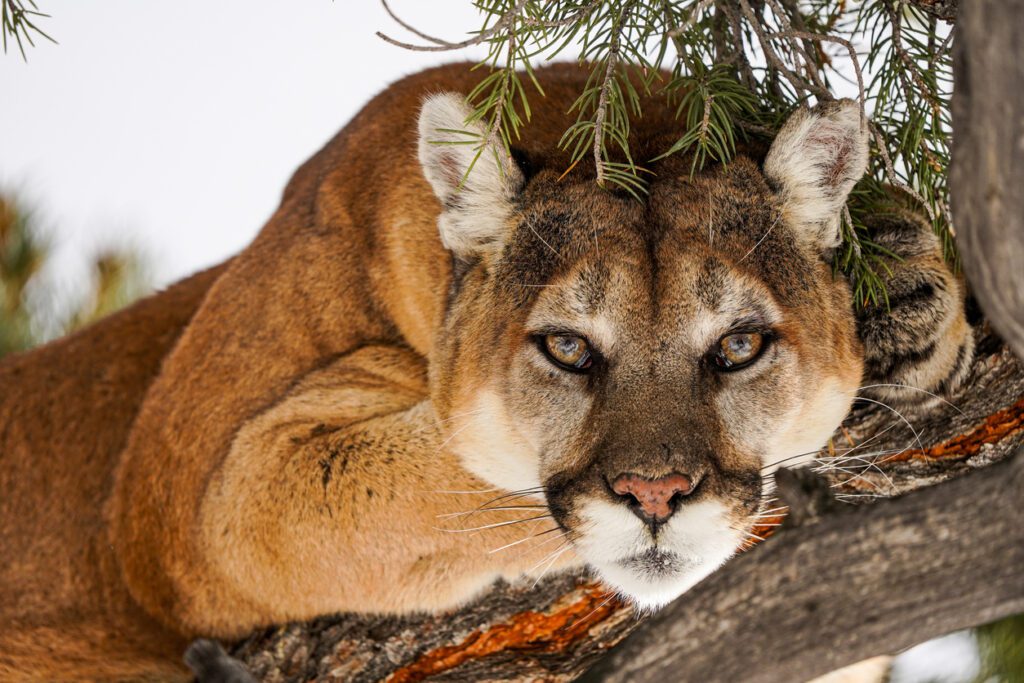
Gray Wolves
Gray Wolves are vital to maintaining ecosystem health by controlling prey populations. Their reintroduction in certain areas has led to positive changes in wildlife habitats. However, they continue to face threats from habitat fragmentation and human conflict.
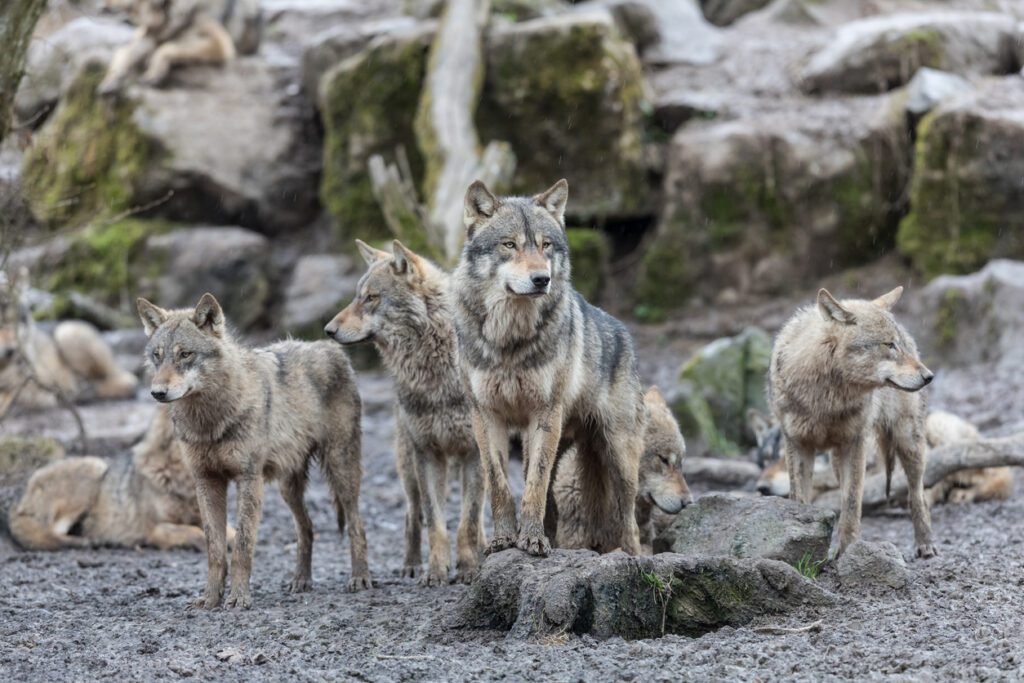
Gray Foxes
Recently, I’ve written about discovering gray foxes in Tracy, California. I had no idea my love for the gray fox and interest in learning more about them could continue in my backyard. Gray Foxes are small, elusive predators that play a vital role in their ecosystems. They primarily feed on small mammals and birds, helping to control their populations. Despite being solitary animals, they can form strong social bonds with their family members.

By understanding the critical role these animals play in our ecosystems and taking steps to protect them and their habitats, we can help ensure a balanced and healthy environment for all species.
Black Bears, Gray Foxes, and Mountain Lions
These species are integral parts of their respective ecosystems. Black Bears and Gray Foxes are crucial in seed dispersion and population control. As apex predators, mountain lions help maintain the balance of various animal populations by controlling the number of herbivores, which prevents overgrazing and helps keep the health of plant communities. Protecting their habitats is not just a choice but a responsibility to ensure our natural world’s continued health and diversity.
How You Can Help
- Support Conservation Organizations: Donating or volunteering with conservation organizations can significantly impact. Groups like the World Wildlife Fund and the National Wildlife Federation work tirelessly to protect endangered species and their habitats.
- Create Wildlife-Friendly Spaces: Whether it’s a garden in your backyard or a community park, planting native species and providing water sources can create safe havens for local wildlife.
- Educate and Advocate: Share your knowledge about wildlife conservation with friends and family. Advocacy can lead to policy changes that benefit the environment.
- Participate in Citizen Science: Engage in projects like bird counts or butterfly monitoring. Your observations can provide valuable data for researchers.
National Wildlife Day is more than just a date on the calendar; it’s a call to action. By taking small steps in our daily lives, we can contribute to the larger goal of wildlife conservation. Let’s come together to appreciate, protect, and celebrate the incredible wildlife that enriches our lives and the planet. I urge you to take a moment today to reflect on the beauty of our natural world and consider how you can play a part in its preservation. Remember, each of us has a role in this vital mission, and our actions can make a significant difference.
I’d love to hear your wildlife stories. Please share in the Comments section below. Together, we can make a difference.
References:
Let’s Explore the Most Extraordinary Wildlife Migration Patterns Across the Globe – My Planet blog. https://www.myplanetblog.com/archives/4193
– Kidpid. https://members.kidpid.com/ask/reply/56796/
12 Interesting Animals In Vietnam. https://coolwoodwildlifepark.com/12-interesting-animals-in-vietnam/
Shark finning – WikiAnimal. https://www.wikianimal.org/en/index.php/Shark_finning
What is the average lifespan of a boa constrictor? – All About Boas by Karen Togel, Your Ultimate Guide to Boa Constrictors. https://www.allaboutboas.com/en/faq/what-is-the-average-lifespan-of-a-boa-constrictor.html
Digital Carbon Footprints and Climate Anxiety – Digital Carbon Online. https://www.digitalcarbon.online/digital-carbon-footprints-and-climate-anxiety/
Contact Us – Medicine-Pediatrics | UCLA Health. https://www.uclahealth.org/departments/medicine/medicine-pediatrics/our-programs/healthy-tomorrows/contact-us
Thank you for reading this blog post. If you have any questions or comments, please leave them in the Comments section below.
Copyright © 2019. I Don’t Know All The Answers, Nikki Mastro.
All of my photographs and documents are Copyrighted.
Five photos included in this blog post are from the iStock.com library.
No part of this website, including text, photographs, and documents, may be reproduced, stored in a retrieval system, or transmitted in any form or by any means without written permission from the copyright holder. All unauthorized use is strictly prohibited. If you choose to copy or share any information from my site, you must provide a link to the source. I appreciate your cooperation.
For further information concerning “I Don’t Know All The Answers.”
– Website and Blog: https://www.idontknowalltheanswers.com
– Facebook: https://www.facebook.com/Nikki.L.Mastro/
– Instagram: https://www.instagram.com/i_dont_know_all_the_answers/
– Linkedin: https://www.linkedin.com/in/nikki-mastro-05455a3a/
– Youtube Channel: https://www.youtube.com/@idontknowalltheanswers1954


Super-Duper website! I am loving it!! Will be back later to read some more. I am bookmarking your feeds also